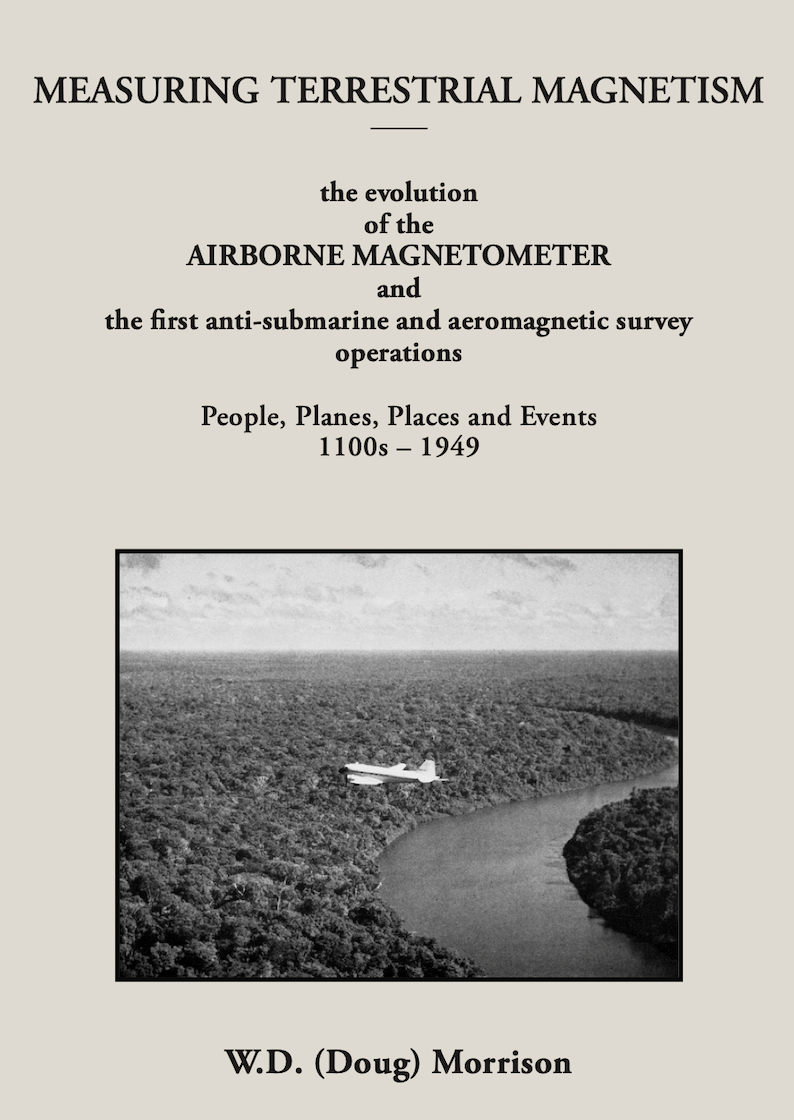Membership renewals open for 2024 - Click here
Digital Caesium Vapour Magnetometer
University of New England. Armidale, Australia
1973
Method: Magnetics
Description
The final product of John Stanley’s PhD research was the development of this “Digital, Alkali Vapour magnetometer using Integrated Circuits”. The Larmor Frequency signal generated by the self-oscillating, optically pumped sensor shown in the foreground (3.498 Hz per nT or typically about 180 kHz in a field of 50,000 nT), was digitally counted using TTL logic in the form of integrated circuits. Given that the Larmor Frequency varied by 3.49869 Hz per nT, a Frequency Counter that used a timing gate the reciprocal of this value (0.2858 s) would yield a count numerically equal to the magnetic field in nT. A timing gate 10 times wider (2.858 s) would deliver a count in units of 0.1 nT. This measurement was displayed in nT (gammas) using six, state-of-the-art incandescent digits. This magnetometer also included a Period Counter which delivered a faster count rate, but in this case the count interval changed according to the field value. By using the Larmor signal to gate a high frequency clock, 0.01 nT resolution could be delivered in approximately a 2.2 s period, 0.1 nT in 220 ms or 1 nT in 22 ms. In the absence of digital recording technology at this time, an internal digital to analogue converter following the Period Counter provided an output that could feed a time-based chart recorder.
Absolute Total Field measurement.
Resolution: 0.01 nT @ 0.5 Hz. 1 nT @ 45 Hz,
Serial Number: 1
Year of manufacture: 1973
Origin: University of New England. Armidale, Australia

